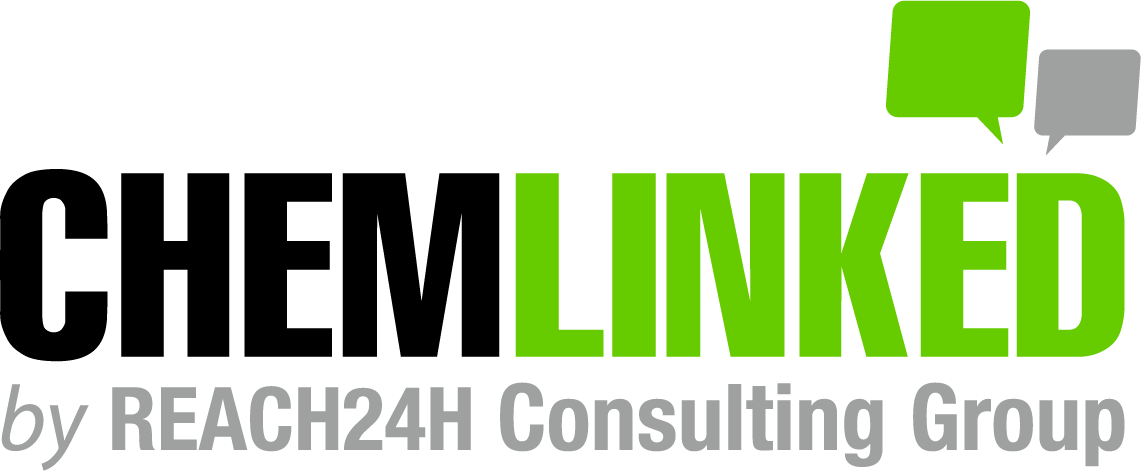BackgroundThe Cosmetic Ingredient Hotlist (Hotlist) is an administrative tool that Health Canada uses to communicate to manufacturers and others that certain ingredients may be prohibited or restricted for use in cosmetics. It consists of two distinct tables, one for ingredients identified as prohibited ingredients and another for those identified as restricted ingredients.
1) Prohibited ingredients, including synonyms, salts and related compounds, should not be present in cosmetic products sold in Canada. 2) Restricted ingredients are permitted only if the conditions of use and/or cautionary statement(s) are met as outlined in the Hotlist. If the ingredient has a concentration restriction, notifiers to provide the exact concentration used in the product at the time of notification will help expedite Health Canada’s processing of the Cosmetic Notification Form.
The Hotlist is a science-based document reviewed and updated periodically when new scientific data becomes available. Last update to the Hotlist was in August 2022. |
On July 13, 2023, Health Canada released a notice concerning the review of several amendments to the Cosmetic Ingredient Hotlist. 1 Companies are welcome to contact Health Canada (cosmetics@hc-sc.gc.ca) before October 11, 2023 to provide safety information or other considerations about the proposed ingredients, which may further inform Health Canada's decisions. Information that are recommended to be provided includes:
Additions to the Hotlist;
Changes to the existing requirements in the Hotlist;
Proposal to include additional ingredient identifiers or make minor corrections.



 We provide full-scale global cosmetic market entry services (including cosmetic registering & filing, regulatory consultation, customized training, market research, branding strategy). Please contact us to discuss how we can help you by
We provide full-scale global cosmetic market entry services (including cosmetic registering & filing, regulatory consultation, customized training, market research, branding strategy). Please contact us to discuss how we can help you by 










